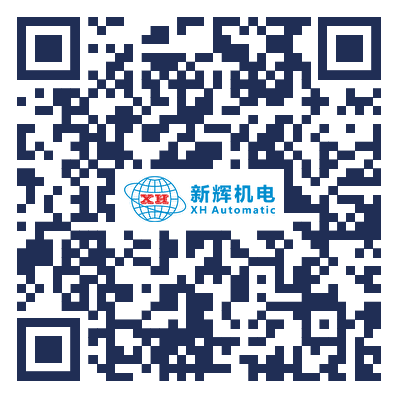With the rapid development of industrial automation, new energy vehicles, and other fields, motors as core power components continue to see growing market demand. Among various motor types, brushed motors are widely used in small appliances and power tools due to their simple structure, lower cost, and ease of control. Meanwhile, brushless motors dominate high-end applications with advantages like high energy efficiency, long lifespan, and low noise.
Against this backdrop, it is noteworthy that many customers currently face a common challenge in product design: a single motor product must accommodate both brushed and brushless variants to meet diverse market or application requirements. This raises a critical manufacturing challenge, frequently highlighted by customers: Can the rotors for brushed and brushless motors be produced on the same production line?

Today, we will explore this common issue by examining structural differences, process characteristics, and technical challenges. Our aim is to provide insights for motor manufacturers navigating diverse, small-batch, and multi-variety production demands.
I. Structural Differences
To assess the feasibility of co-line production, we must first understand the fundamental structural differences between the two types.
·Brushed Motor Rotor: The core component is a wound rotor, typically consisting of an iron core, windings, and a commutator. The commutator, as a critical part, interacts with brushes to reverse the current flow, enabling continuous rotor rotation.
·Brushless Motor Rotor: The core is a permanent magnet rotor, usually formed by magnetically bonded or embedded permanent magnets on the rotor iron core, generating a constant magnetic field. The rotor lacks windings and commutators; its rotation is precisely controlled by an external electronic controller regulating the stator winding current.
II. Manufacturing Process Differences
Brushed rotor manufacturing centers on “winding + commutator welding,” while brushless rotor production focuses on “magnet assembly + magnet filling.” These processes not only require highly specialized equipment but also present significant challenges in environmental requirements, logistics flow, and cycle time control.
III. Challenges of Shared-Line Production: Not a Simple “Switch”
Given these process differences, achieving true “shared-line production” presents significant hurdles:
· High equipment specificity and incompatible workflows: Producing brushed/brushless motor rotors requires entirely distinct specialized equipment. A single production line struggles to efficiently handle two fundamentally different core processes simultaneously. · Extended changeover time: Even on the same physical line, switching from brushed to brushless rotor production requires extensive tooling replacement, equipment parameter adjustments, and sometimes core module swaps. This time-consuming process severely impacts efficiency.
· Quality Control Risks: Given differing environmental and material requirements for each process, mixed-line production heightens risks of cross-contamination and quality issues.
Therefore, achieving truly “seamless switching between the same equipment” for producing both brushed and brushless rotors remains challenging under current technological constraints. After all, motor manufacturing lacks a “universal template”; even minor dimensional or assembly sequence variations can render standardized equipment incompatible.
In summary, while “shared-line production” sounds like an attractive, cost-saving solution, the technical realities and manufacturing practices dictate that brushed and brushless motor rotor production still require independent or highly modular production line configurations. Forced integration may not reduce costs but could instead lead to decreased overall production efficiency and quality risks.
Nevertheless, this does not mean companies cannot address diverse production demands. By integrating modular design, flexible tooling, rapid changeover techniques, and intelligent scheduling systems, manufacturers can still establish highly adaptable production systems capable of achieving high-efficiency switching between small batches and multiple product varieties.







